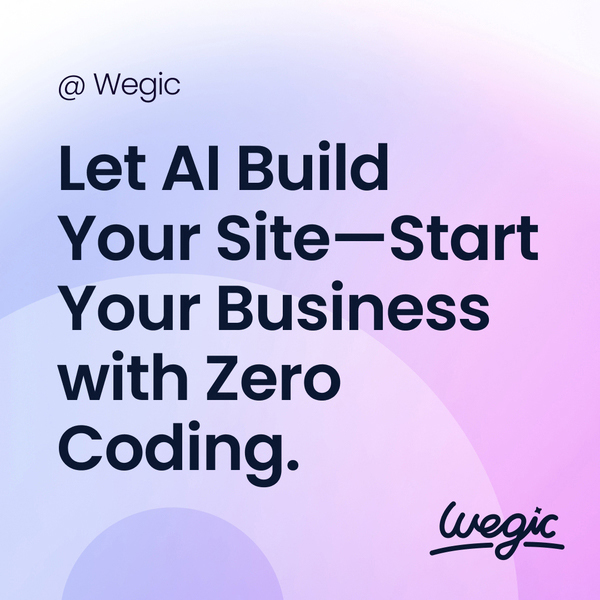Website Design Atlanta Ga Solutions
Quick Website Design Atlanta Ga Guide
Website Design Atlanta Ga
In today’s digital age, having a strong online presence is essential for businesses looking to succeed. One of the most effective ways to increase visibility and drive traffic to your website is through search engine optimization (SEO). SEO is the process of optimizing your website to rank higher in search engine results pages (SERPs), increasing organic traffic and generating more leads and sales.

The Ultimate Guide to Website Design Atlanta Ga
Website Design Atlanta Ga
As search engines like Google continue to prioritize high-quality, relevant content in their search results, businesses that invest in content marketing SEO are more likely to see success in their online marketing efforts. By creating content that is optimized for specific keywords and provides value to their target audience, businesses can increase their visibility in search engine results pages (SERPs) and attract more potential customers to their websites.
Here are some key tips for effectively implementing content marketing SEO strategies:
1. Conduct keyword research: Before creating any content, it’s important to conduct thorough keyword research to identify the most relevant and high-traffic keywords for your industry. By targeting the right keywords in your content, you can improve your chances of ranking higher in search results and attracting more organic traffic to your website.
2. Create high-quality, engaging content: Content marketing SEO is not just about stuffing keywords into your content – it’s about creating valuable, engaging content that provides value to your target audience. By creating content that addresses the needs and interests of your audience, you can increase engagement, build trust, and improve your chances of ranking higher in search results.
3. Optimize your content for SEO: Once you’ve created your content, it’s important to optimize it for search engines. This includes optimizing your title tags, meta descriptions, headers, and image alt text with relevant keywords, as well as incorporating internal and external links to other relevant pages on your website.
4. Focus on quality over quantity: While it’s important to consistently produce new content for your website, quality should always take precedence over quantity. By focusing on creating high-quality, relevant content that provides value to your audience, you can improve your chances of ranking higher in search results and attracting more organic traffic to your website.
5. Monitor and analyze your results: Lastly, it’s important to regularly monitor and analyze the performance of your content marketing SEO efforts. By tracking key metrics such as organic traffic, keyword rankings, and engagement rates, you can identify what’s working well and make adjustments to your strategy as needed.
The cost of web design can vary significantly depending on a number of factors. One of the primary factors that will impact the cost of your website is the complexity of the design. A simple, static website with basic functionality will typically cost less than a complex e-commerce site with custom features and integrations. Additionally, the number of pages and features you require will also impact the cost of your website. For example, a website with a large number of product pages and a sophisticated search function will cost more than a simple informational site.
The level of customization required for your website will also influence the cost. Pre-designed templates are a cost-effective option for businesses on a budget, but they may not provide the level of customization and branding that you desire. A custom-designed website, on the other hand, will be tailored to your specific needs and can help set your business apart from the competition. However, custom design comes at a higher price tag, so it’s important to weigh the benefits against the cost.
Another factor that can impact the cost of web design is the platform or content management system (CMS) that is used to build your website. Popular platforms like WordPress, Shopify, and Squarespace offer a range of templates and features that can help reduce development costs. However, if you require custom functionality or integration with other systems, you may need to invest in a more advanced CMS or even build a custom website from scratch, which can be more expensive.
In addition to design and development costs, ongoing maintenance and updates should also be factored into the cost of your website. Regular updates to your website’s content, security, and functionality are essential to keep your site running smoothly and to ensure that it remains relevant to your audience. Some web design agencies offer maintenance packages as part of their services, while others charge on an hourly basis for updates and support. It’s important to clarify these costs upfront so that you can budget accordingly.
When shopping for web design services, it’s important to do your research and compare quotes from multiple providers. Prices can vary widely depending on the agency’s location, expertise, and level of service. Be wary of prices that seem too good to be true, as they may indicate low-quality work or hidden fees. Look for a web design agency that has a proven track record of delivering high-quality websites within your budget.
To get the best value for your money, be clear about your goals and requirements when discussing your project with a web design agency. Provide examples of websites that you like, as well as any specific features or functionality that you need for your site. A good designer will be able to provide recommendations based on your budget and objectives, helping you to achieve your desired results without breaking the bank.

The Benefits of Website Design Atlanta Ga
Website Design Atlanta Ga
In today’s digital age, having a visually appealing and user-friendly website is crucial for the success of any business. A well-designed website can help attract new customers, build credibility, and increase conversion rates. However, designing a website is not as simple as it may seem. It requires a strategic and systematic approach to ensure that the final product meets the needs and expectations of both the business and its target audience. In this article, we will discuss the website design process in detail, outlining the key steps involved in creating a successful website.
Step 1: Define the Purpose and Goals
The first step in the website design process is to clearly define the purpose and goals of the website. This involves identifying the target audience, understanding their needs and preferences, and determining the desired outcomes for the website. For example, is the website meant to generate leads, drive sales, provide information, or showcase products and services? By having a clear understanding of the purpose and goals of the website, you can better tailor the design and content to meet these objectives.
Step 2: Conduct Research
Once the purpose and goals of the website have been defined, the next step is to conduct research. This involves analyzing the competition, researching industry trends, and gathering insights into the preferences and behaviors of the target audience. By conducting thorough research, you can gain a better understanding of what works and what doesn’t in your industry, helping you make informed design decisions.
Step 3: Create a Wireframe
After conducting research, the next step in the website design process is to create a wireframe. A wireframe is a visual representation of the layout and structure of the website, showing the placement of various elements such as navigation menus, headers, footers, and content sections. Creating a wireframe allows you to plan the overall design and functionality of the website before moving on to the visual design phase.
Step 4: Design the Visual Elements
Once the wireframe has been finalized, the next step is to design the visual elements of the website. This involves creating a visually appealing and consistent design that reflects the brand identity and resonates with the target audience. Elements such as color scheme, typography, imagery, and layout are carefully considered to create a cohesive and attractive design that conveys the desired message and engages users.
Step 5: Develop the Website
After the visual design has been approved, the next step is to develop the website. This involves coding the design into a functioning website using HTML, CSS, and other programming languages. During the development phase, the website is tested for functionality, responsiveness, and compatibility across different devices and browsers to ensure a seamless user experience.
Step 6: Test and Optimize
Once the website has been developed, it is essential to test and optimize its performance. This involves conducting usability tests to identify any usability issues, testing load times to ensure fast page speeds, and optimizing the website for search engines to improve visibility and accessibility. By testing and optimizing the website, you can ensure that it meets the needs and expectations of users, leading to better engagement and conversions.
Step 7: Launch and Monitor
The final step in the website design process is to launch the website and monitor its performance. This involves deploying the website to a live server, promoting it to the target audience, and tracking key metrics such as traffic, engagement, and conversions. By monitoring the performance of the website, you can identify areas for improvement and make informed decisions to optimize its effectiveness over time.


